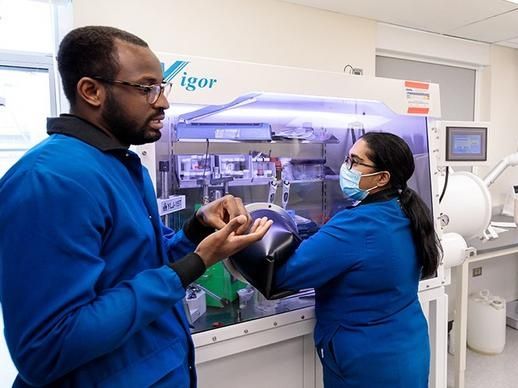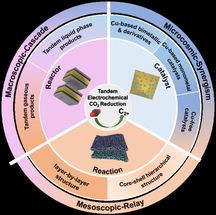Birds breathe in dangerous plastics—and so do we
Study finds high levels of microplastics in bird lungs, raising alarms about the pollution humans inhale daily
Microscopic plastic pollutants drifting through the air are lodging in the lungs of birds, a new University of Texas at Arlington study finds. Researchers worldwide are increasingly alarmed by how pervasive these harmful particles are in the air humans breathe and the food they eat.
Shane DuBay, an assistant professor of biology at UTA and co-author of the study published in the Journal of Hazardous Materials, said birds were chosen for the study because they are found in almost every corner of the world and often share environments with humans.
“Birds serve as important indicators of environmental conditions,” said DuBay, who collaborated with researchers from Sichuan University and Chengdu Tianfu International Airport, both in Chengdu, China. “They help us understand the state of the environment and make informed decisions about conservation and pollution control.”
DuBay’s team studied 56 different wild birds from 51 distinct species, all sampled from the Tianfu airport in western China. They collected lung samples from each bird and performed two types of chemical analyses.
They used laser direct infrared technology to detect and count microplastics in the birds’ lungs. Pyrolysis gas chromatography-mass-spectrometry helped identify even smaller nanoplastics, which can enter the lungs through the bloodstream. Together, the tests allowed scientists to measure the amount of plastic in the birds’ lungs and determine the specific types of plastics present.
The study found high concentrations of microplastics in bird lungs, with an average of 221 particles per species and 416 particles per gram of lung tissue. The most common types identified were chlorinated polyethylene, used for insulating pipes and wires, and butadiene rubber, a synthetic material in tires.
While no official “safe” level of plastic particles in lung tissue exists, high levels of microplastics have been linked to serious health conditions, including heart disease, cancer, respiratory problems and fertility issues.
“Our research highlights an urgent need to address plastic pollution in our environments, as these contaminants can have far-reaching impacts on ecosystem health, as well as human health,” DuBay said. “Our findings call for further research, funding and action to mitigate the harmful effects of plastic pollution and ensure a healthier environment.”
Original publication
Mengzhu Wang, Pinxi Zhou, Shane DuBay, Shangmingyu Zhang, Zhixiong Yang, Yibo Wang, Jiayu Zhang, Yiwei Cao, Zhengrui Hu, Xingcheng He, Shirui Wang, Man Li, Chen Fan, Boyan Zou, Chuang Zhou, Yongjie Wu; "Assessing microplastic and nanoplastic contamination in bird lungs: evidence of ecological risks and bioindicator potential"; Journal of Hazardous Materials, Volume 487
Most read news
Original publication
Mengzhu Wang, Pinxi Zhou, Shane DuBay, Shangmingyu Zhang, Zhixiong Yang, Yibo Wang, Jiayu Zhang, Yiwei Cao, Zhengrui Hu, Xingcheng He, Shirui Wang, Man Li, Chen Fan, Boyan Zou, Chuang Zhou, Yongjie Wu; "Assessing microplastic and nanoplastic contamination in bird lungs: evidence of ecological risks and bioindicator potential"; Journal of Hazardous Materials, Volume 487
Topics
Organizations
Other news from the department science

Get the chemical industry in your inbox
By submitting this form you agree that LUMITOS AG will send you the newsletter(s) selected above by email. Your data will not be passed on to third parties. Your data will be stored and processed in accordance with our data protection regulations. LUMITOS may contact you by email for the purpose of advertising or market and opinion surveys. You can revoke your consent at any time without giving reasons to LUMITOS AG, Ernst-Augustin-Str. 2, 12489 Berlin, Germany or by e-mail at revoke@lumitos.com with effect for the future. In addition, each email contains a link to unsubscribe from the corresponding newsletter.
Most read news
More news from our other portals
Last viewed contents

Inorganic and biocatalysts work together to reduce CO2 - In a hybrid cascade, climate-damaging CO2 is turned back into valuable methanol
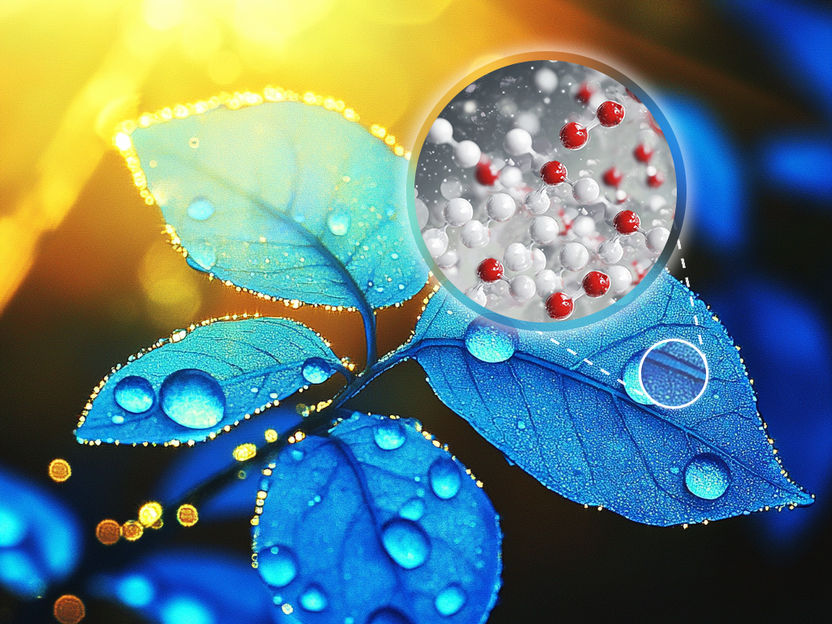
Artificial Photosynthesis Decoded - How Carbon Nitride Splits Water (and Enables Green Hydrogen)
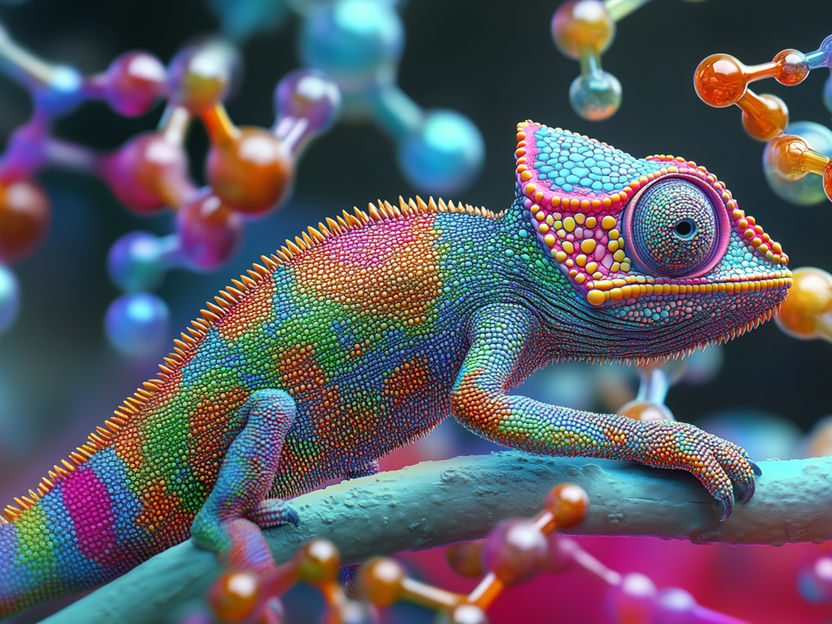
The Secret Life of Catalysts - New Discoveries in Chemical Reactions
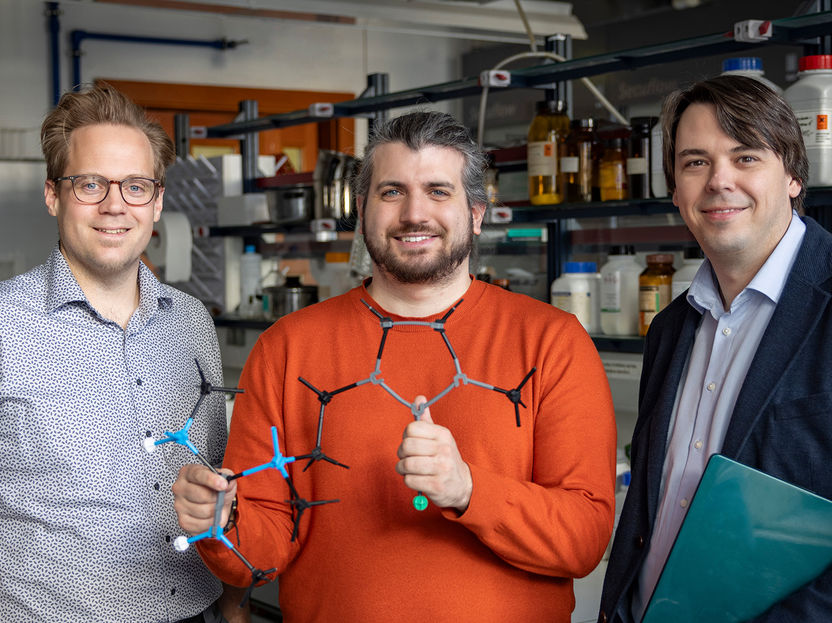
Novel bifunctional catalyst enables new applications - "Activation" of molecules by catalysts with two reactive sites
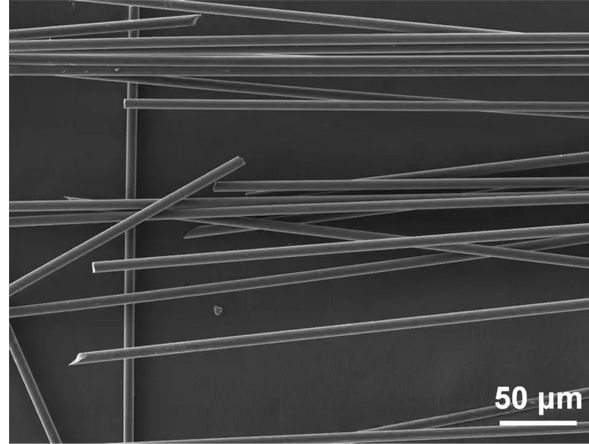
Recycling the unrecyclable - Researchers find a way to reclaim materials from epoxy resins and composites

What if we could revive waste carbon dioxide? - KIMS and KAIST developed catalyst synthesis process and precision control technology to maximize carbon dioxide conversion efficiency
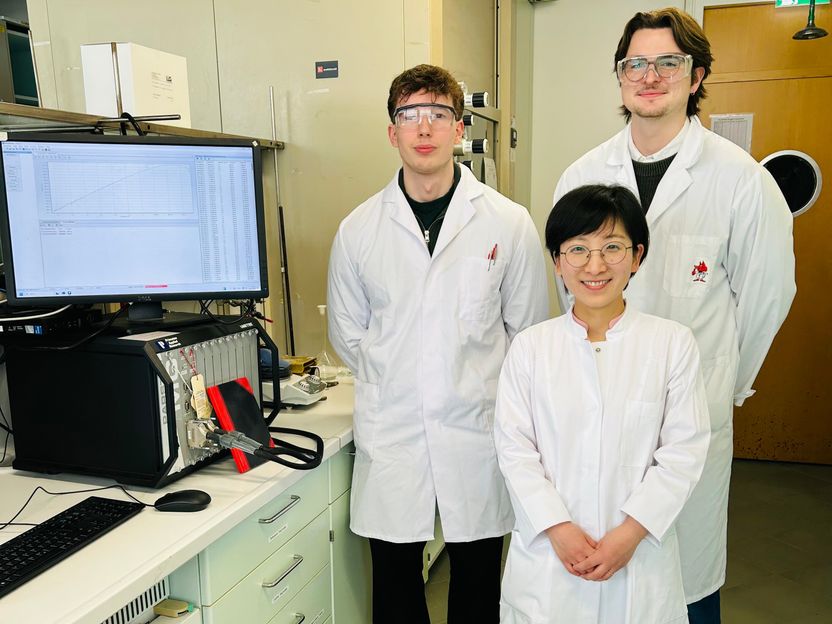
Self-optimizing catalysts facilitate water-splitting for the green production of hydrogen - Catalyst performance surprisingly increases over time

From raw material to an (almost) finished car battery - Successful European battery project
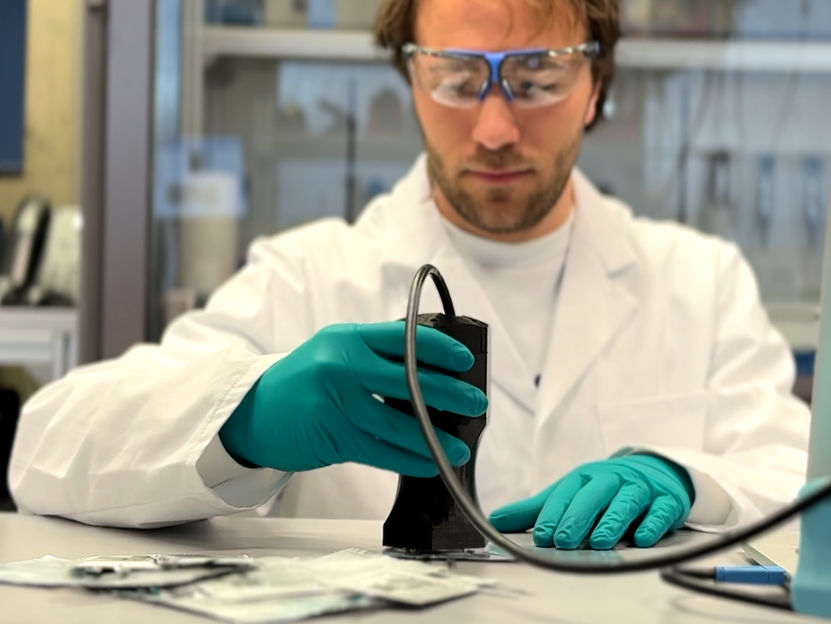
Sustainable Battery Manufacturing in Sight - Successful Completion of the BMBF-Funded Project IDcycLIB
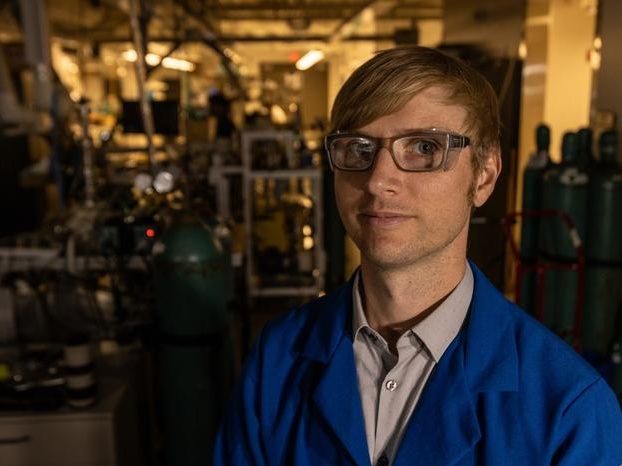
Researchers are cracking the code on solid-state batteries - Using a combination of advanced imagery and ultra-thin coatings, researchers are working to revolutionize solid-state battery performance

Using batteries to produce hydrogen peroxide from air for industrial applications - "This method is very sustainable, low-cost, and highly energy-efficient"
